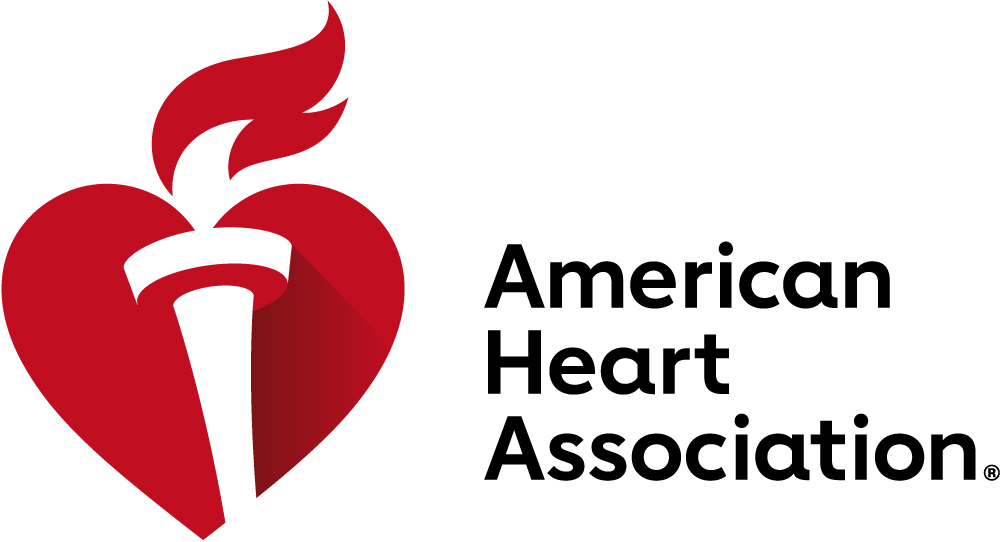New Pediatric and Neonatal CPR Guidelines Released with Texas Medical Expert Input

Summary
Full Article
The American Academy of Pediatrics and the American Heart Association have published comprehensive updates to cardiopulmonary resuscitation and emergency cardiovascular care guidelines for newborn and pediatric populations. The 2025 guidelines represent the first major revision since 2020 and address the unique medical needs of children, with significant input from Texas-based medical experts.
Dr. Javier Lasa, associate professor in critical care and cardiology at Children's Health in Dallas and volunteer co-chair of the 2025 Pediatric Advanced Life Support Writing Group, emphasized the specialized nature of pediatric care. "Children are not little adults, and these guidelines offer specific recommendations that reflect the unique needs of children," Lasa stated, highlighting the importance of tailored approaches to pediatric emergencies.
The guidelines address critical statistics showing that more than 7,000 out-of-hospital cardiac arrests and approximately 20,000 in-hospital cardiac arrests occur in infants and children annually in the United States. The new recommendations establish a single chain of survival intended to apply to both adult and pediatric in- and out-of-hospital cardiac arrest, with continued emphasis on early recognition of cardiac arrest and early activation of emergency medical services.
Significant changes include updated protocols for managing severe foreign body airway obstruction. For infants with choking emergencies, the guidelines recommend repeated cycles of 5 back blows alternating with 5 chest thrusts, specifically noting that abdominal thrusts are not recommended in infants. For children with severe airway obstruction, repeated cycles of 5 back blows alternating with 5 abdominal thrusts are recommended. Compression techniques for infants have also been updated, with the use of two fingers along the sternum eliminated due to ineffectiveness in achieving proper depth, while maintaining the one-hand technique or two thumbs-encircling hands technique.
Neonatal care received particular attention in the updated guidelines. Dr. Henry Lee, professor of pediatrics and neonatologist from the University of California San Diego and American Heart Association volunteer co-chair of the 2025 Neonatal Writing Group, noted that "one out of every 10-20 newborns each year needs help transitioning from the fluid-filled environment of the womb to the air-filled room."
The guidelines introduce a separate newborn chain of care that provides a framework for essential elements of the healthcare system relating to neonatal health. This comprehensive approach starts with prenatal care and extends to recovery and appropriate follow-up in the postnatal period to ensure optimal short- and long-term health for both infant and family.
Key neonatal updates include extended recommendations for deferred cord clamping, now suggesting 60 seconds or more compared to the previous recommendation of at least 30 seconds. Most newborn infants can maintain skin-to-skin contact with a parent after birth during this extended period. Effective ventilation of the lungs remains the priority in newborn infants who need resuscitation, with updated recommendations allowing ventilation at a rate of 30-60 inflations per minute, expanded from the prior range of 40-60 inflations per minute.
The updated guidelines and CPR training materials are immediately available in U.S. and international English, allowing first responders, clinicians, and other learners to begin using the most current, science-backed resources. These educational materials can be accessed at https://Pediatric Advanced Life Support and the https://Neonatal Resuscitation Program, 9th Edition.

This story is based on an article that was registered on the blockchain. The original source content used for this article is located at NewMediaWire
Article Control ID: 262557
